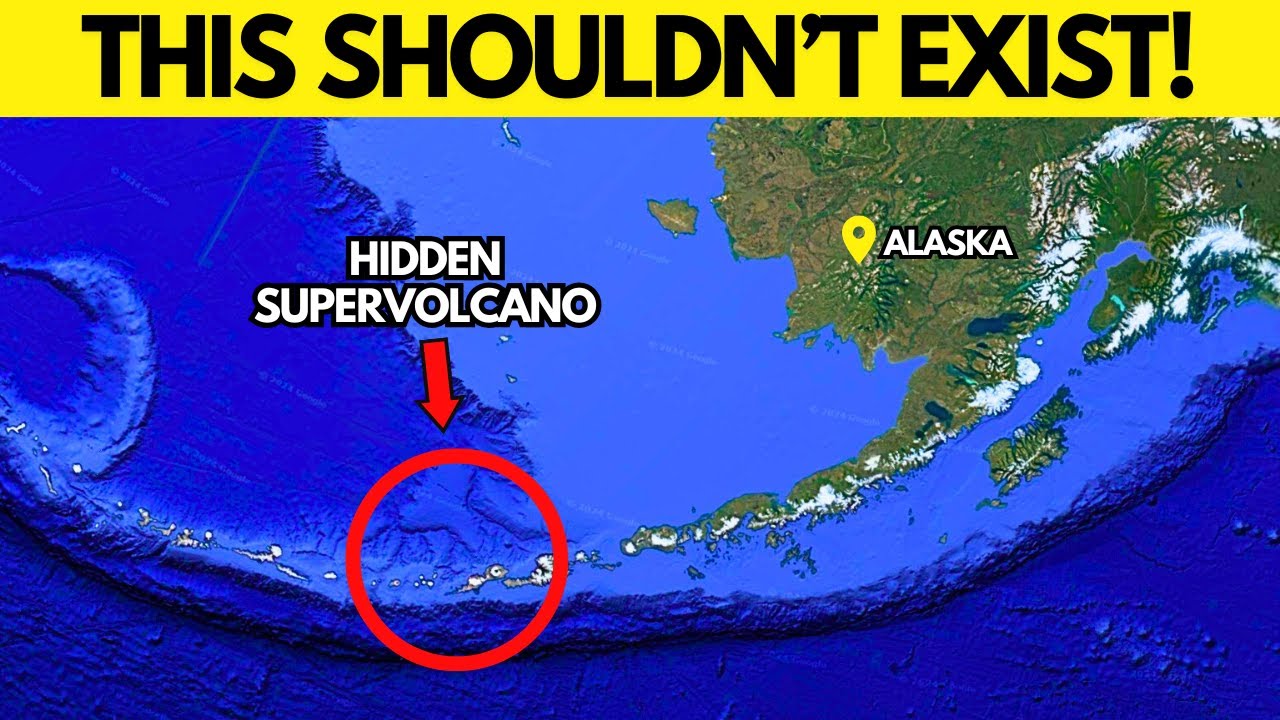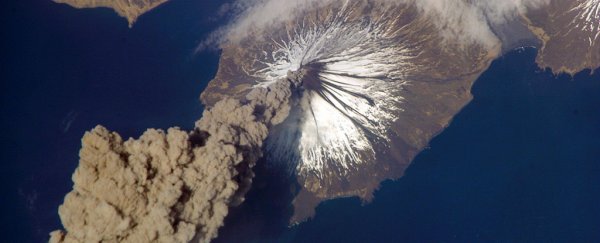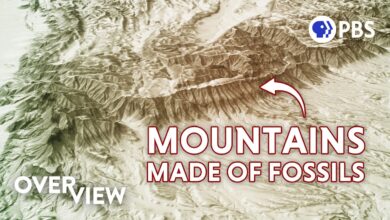Alaska’s Hidden Supervolcano Could Be More Dangerous Than Yellowstone

Deep beneath Alaska, a huge geological threat may lurk – a supervolcano with the potential to reshape our planet. The Aleutian Volcanic Arc, already known for its intense volcanic activity and frequent earthquakes, may hold one of Earth’s most dangerous geological secrets.
According to National Geographic, a cluster of volcanoes in the Aleutian Islands has all the makings of a supervolcano, comparable in size to the massive Yellowstone Caldera. If this supervolcano were to erupt, the consequences could be devastating: ash could cover entire continents, trigger a “volcanic winter” and completely disrupt human life.
**Geographical Location and Geological Features**
The Aleutian Islands stretch across the northern Pacific Ocean, connecting the Alaska Peninsula with Russia’s Kamchatka Peninsula. It is part of the Pacific Ring of Fire, where tectonic activity is intense. Here, the Pacific Plate is sinking beneath the North American Plate, creating intense heat and pressure. This process melts the overlying mantle, creating magma that then rises to the surface through cracks in the Earth’s crust, forming the Aleutian volcanic chain.

The archipelago contains more than 40 active volcanoes, making it one of the most active and fascinating volcanic systems in the world. Some, like Mount Cleveland, erupt regularly, while others can remain dormant for centuries. In addition to volcanic activity, the area also experiences many earthquakes, ranging from small tremors to large quakes, providing valuable information about tectonic plate movements and magma activity below.
**Supervolcano Clues**
Underneath the Aleutians, scientists have found signs of a supervolcano. Geophysical surveys have revealed a giant magma chamber deep underground, comparable in size to other famous supervolcanoes like Yellowstone. The so-called “Islands of the Four Mountains” cluster of six volcanoes – Herbert, Carlisle, Cleveland, Tana, Uliaga, and Kagamil – may actually be vents on the edge of a giant caldera.
Geological studies of the area have found unique rocks such as “welded ignimbrite” (hot volcanic ash that has been compressed and cemented into solid rock), suggesting that the area may have experienced a supervolcanic eruption in the past. In addition, high levels of sulfur dioxide and similar volcanic gas compositions among the six mountains further support the hypothesis of a common underground magma chamber.

**Research Challenges**
The remote location and harsh conditions of the Aleutian Islands have made research extremely difficult. The region regularly experiences strong winds, heavy rains, and snowstorms, disrupting expeditions and endangering scientists. Thick fog and poor visibility make air travel risky, while rough seas hamper water travel. In addition, the lack of infrastructure and permanent monitoring stations limits the amount of real-time data scientists can collect.
**Future Research and Potential Risks**
Although the Aleutian supervolcano hypothesis is still in its early stages of research, the current findings are enough to attract the attention of geologists, volcanologists, and disaster experts. If this supervolcano does exist, understanding its structure and activity could help humanity better prepare for natural threats.
With advances in technology and continued research efforts, the Aleutian Islands could become the key to understanding more about the massive geological forces shaping the Earth and how we can mitigate their impact in the future.








